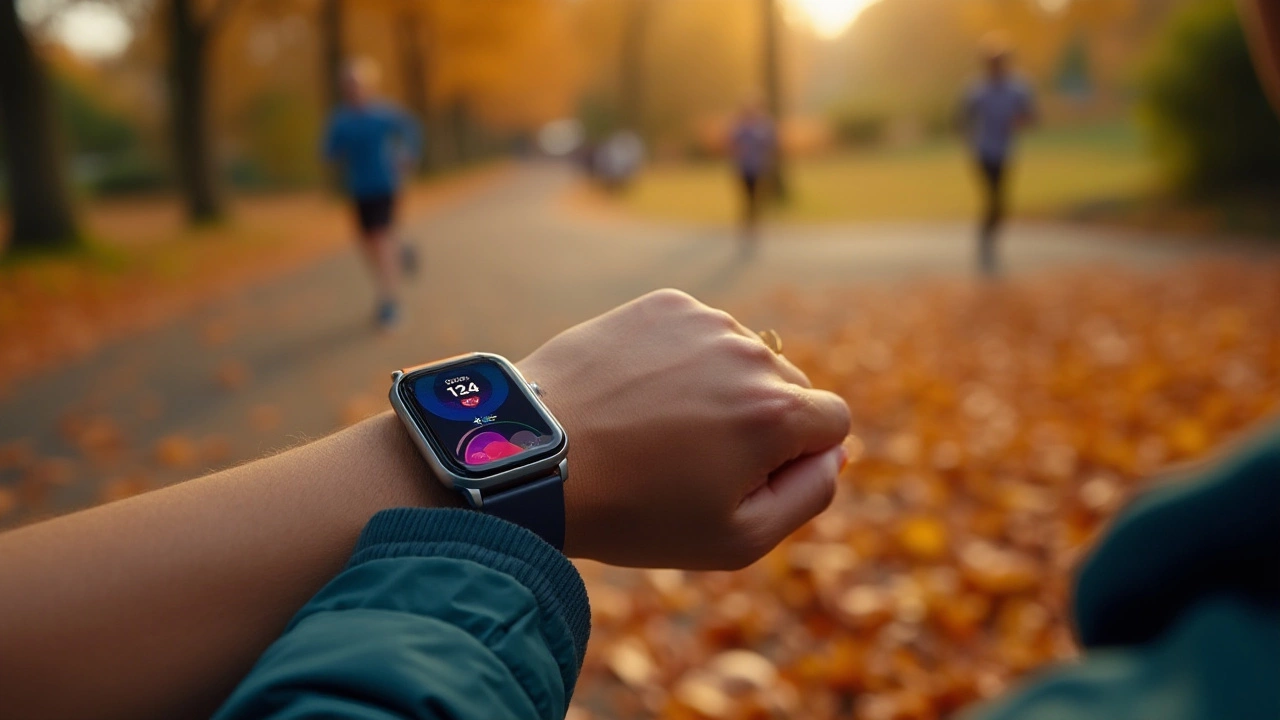Smartwatch Side Effects: Real Issues and Simple Fixes
If you love checking your heart rate, steps, and notifications on your wrist, you’re not alone. Smartwatches have become daily helpers for many of us. But wearing a tiny computer 24/7 isn’t always smooth sailing. Below you’ll find the most common problems people run into and easy ways to fix them, so you can enjoy the tech without the hassle.
Skin and Comfort Problems
One of the first complaints is skin irritation. The strap can trap sweat, wear down skin, or cause allergic reactions to the material. If you notice redness, itching, or a rash, try swapping to a hypo‑allergenic band made of silicone, nylon, or leather. Cleaning the band daily with mild soap and water helps prevent buildup of bacteria that can irritate skin.
Another comfort issue is pressure marks. A watch that’s too tight can leave imprints and even affect circulation. Adjust the band so you can slide a finger underneath; the watch should stay snug but not squeeze. For long‑run wear, consider a watch with a breathable back or a mesh strap that lets skin breathe.
Sleep, Radiation, and Data Concerns
Many users rely on their smartwatch to track sleep, but the same screen that shines at night can also disturb it. Bright lights, especially blue‑rich LEDs, suppress melatonin and make falling asleep harder. Switch the watch to “Do Not Disturb” or a dim night mode before bedtime, and try taking it off while you sleep if you notice restless nights.
There’s also talk about radiation from the Bluetooth and Wi‑Fi chips inside the watch. While the emitted levels are far below safety limits, some people feel uneasy. If you’re worried, you can turn off wireless connections when you’re not using them or keep the watch in airplane mode during the night.
Data privacy is another modern worry. Your watch records location, heart rate, and activity patterns that could be sensitive. Always review the app’s privacy settings, limit data sharing to only what you need, and use a strong, unique password for the companion app. Regularly update the firmware to protect against known security flaws.
Finally, over‑reliance on metrics can lead to stress. Seeing a low step count or a high heart‑rate reading might make you anxious, even if it’s a normal fluctuation. Remember that numbers are guides, not rules. Use them to spot trends, not to judge every day’s performance.
In short, smartwatches bring great benefits, but they can cause skin irritation, sleep disruption, minor radiation concerns, and privacy issues. By choosing the right band, cleaning regularly, setting night‑mode options, managing wireless connections, and tightening privacy controls, you can keep those side effects in check. Enjoy the data, stay comfortable, and let the tech work for you, not the other way around.

Exploring the Potential Side Effects of Wearing Smartwatches
Maeve Larkspur Jan 26 0In recent years, smartwatches have gained popularity as essential fitness tools, offering numerous health-tracking features. However, concerns about potential side effects have emerged. This article delves into the possible health implications of wearing smartwatches. It explores topics such as radiation exposure, skin irritation, and psychological effects, as well as providing tips for safe usage.
More Detail